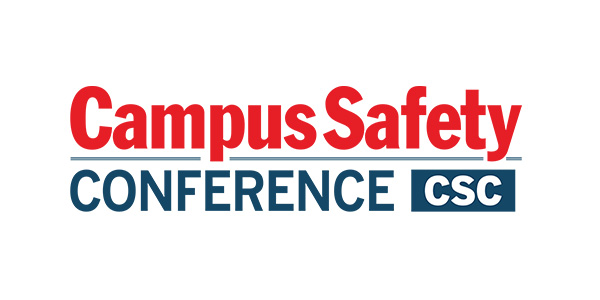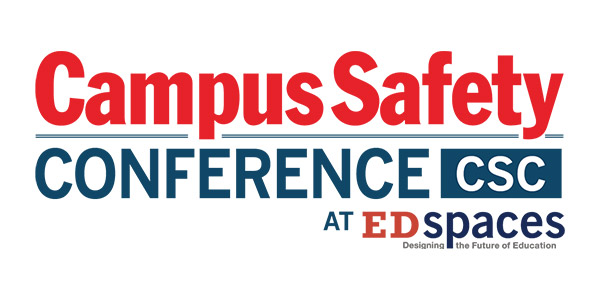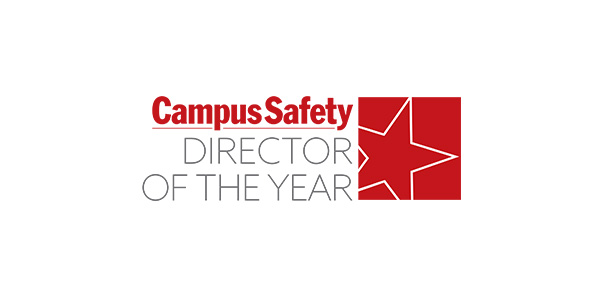A School Bus Driver’s Perspective
Michele Kuhne, a school bus driver for Greater Johnstown (N.Y.) School District, is among the industry professionals who believe that separating school bus loading zones from parent pickup and drop-off areas and student parking lots is a key way to increase student safety.
“We have a couple of schools where, to get to the parent parking lot, the parents drive through the bus loading zone,” Kuhne reveals. “If the area was rearranged so that the parents parked on the other side of the school, it would remove all of our problems.”
Kuhne also feels it is important for schools, when designing loading zones, to consider the length of a school bus and how much room is needed for a driver to turn and maneuver. She says the larger the zone is, the better it is for bus drivers.
To support her point, Kuhne relays a problem she faced while transporting a student with special needs. “The bus loop for the school where the student needed to be dropped off was a half-circle. There was no way I could pull up to the curb to engage the wheelchair lift without backing up, but I couldn’t back up because it’s illegal in New York state,” she says.
(Kuhne notes that a wheelchair lift does not operate properly if the bus is far away from the curb.)
She also advocates working with outside agencies to bolster safety around schools. Her district’s transportation department occasionally conducts Operation Safe Stop. Police officers follow the department’s buses and issue tickets to motorists who illegally pass the buses.
“When it’s publicized how many tickets they issued, it helps educate the public, which is what we’re all about – we need motorists to obey the law,” Kuhne says.
“Safe Zones” Bolster Safety Near Schools
Officers at the Odessa (Texas) Police Department designate “safe zones” weekly throughout the city to enhance safety among motorists and the public.
Safe zones are areas in which traffic enforcement is increased to gain voluntary compliance with traffic laws. Police officers work these areas singly or in groups, paying close attention for red light, stop sign, speeding and other moving violations.
The areas include crosswalks, school zones and school buses while students are loading and unloading.
“The officers talk to the motorists they see making violations and let them know that they’ve had an infraction,” Cpl. Danny Yeager explains. “For example, even if the bus’ lights aren’t flashing, there could be kids who dart out in front of the buses.”
Yeager says the officers select the areas where the zones will be designated based on calls from people complaining about traffic congestion, or wherever they notice a potential for problems when they are on patrol.
Safe zones are announced the week prior to enforcement action being taken, and the officers strive to provide as much enforcement as possible each week.
One week they may patrol the zones for five or six hours; another week they may patrol for one hour – it depends on the amount of personnel available.
The safe zones program is not restricted to Odessa. Yeager says the department works with neighboring police departments to establish an intercity effort.
Bus Driver Training Tools
Continuous training to sharpen bus drivers’ skills will enhance student safety in loading zones. Larry Bluthardt of the Kansas State Department of Education (KSDE) emphasizes the value of mirror training.
The KSDE utilizes the resources of Dick Fischer, president of Trans-Consult. Bluthardt says Fischer comes in every summer to head a 40-hour class for driver trainers. One of its biggest components is mirror adjustment – specifically, how to properly adjust and use bus mirrors. “It’s an excellent and invaluable program,” he says.
Bluthardt also recommends a video by the AAA Foundation for Traffic Safety titled “Children in Traffic.” “It throws you into a child’s world when he or she goes in a street,” he explains. “Their peripheral vision is not strong until they’re 11 or 12 years old. Their hearing is very acute, but they can’t decipher at which direction they hear noises.”






